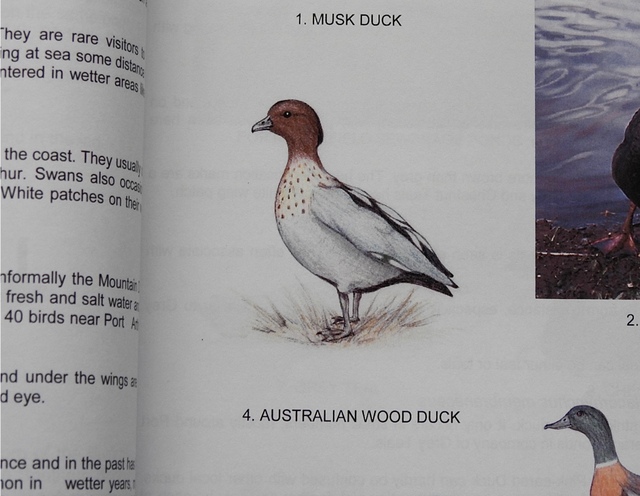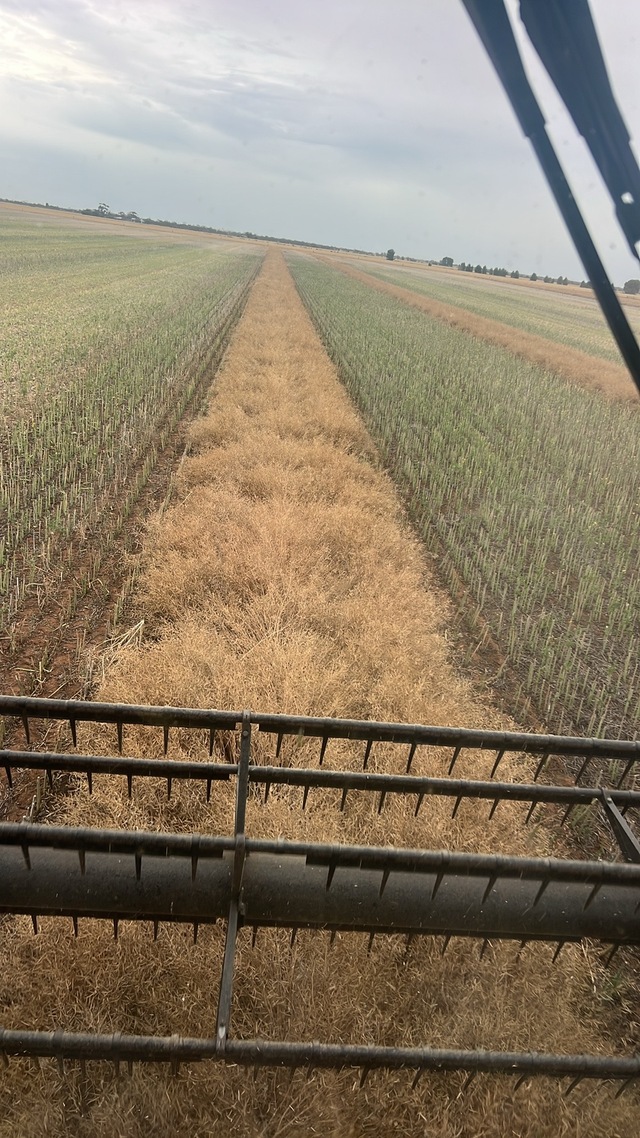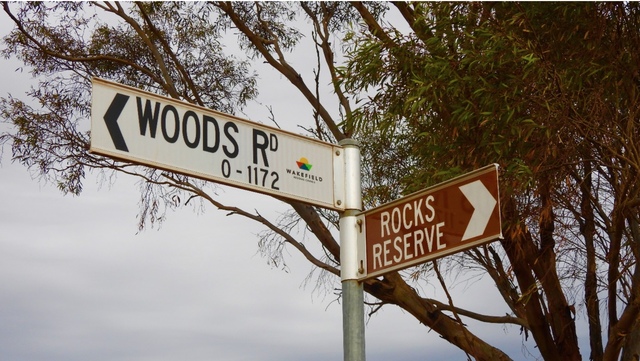When it is a wood duck. I was recently asked by local duck fancier, Glen Bubner, for a definitive answer as to whether the most common of ducks, the wood duck – seen locally on dams and watercourses – is in fact a goose.
I then contacted Balaklava’s resident bird expert for his opinion.
DUCK or GOOSE? by Paul Taylor
“I was asked about the correct name for a local kind of waterfowl. The wood duck has had some name changes over the past 50 years or so. For quite a while it was considered a goose. In the early days, until around 1970, it was called the maned goose (the term “mane” refers to longer black feathers on the back of the male’s neck).
“A wood duck does have some features of a goose. The bill (beak) is shorter than other ducks. Geese mostly eat grass and graze like sheep, as do wood ducks. However, bird experts have classified it as a duck. For a few years it was called the maned duck. By about 1990, it was named wood duck. And then, because there is an American wood duck, ours is now officially called Australian wood duck.
“Locally, wood ducks can be found at farm dams and in paddocks close by. Sometimes they are at the Rocks Reserve (near Balaklava). Coincidentally, the Rocks Reserve is at the end of Woods Road.” (Ed: And not far away lives Owen’s famous local ‘Wood Duck’, Lachlan Wood Esq.)
But Glen’s still not convinced. For him, it is simple: it looks like a goose, feeds like a goose and sounds like a goose. It is a goose.
I tried to get a photo from several twitchers, but the Australian wood duck appears to be too common to attract photography. Fortunately, Paul Taylor, apart from being an excellent photographer, is also a dab hand at sketching.
Harvest finally kicks up a gear
Harvest may have kicked up a gear, but rain and thunderstorms continue to frustrate farmers. Cool, damp weather also means summer spraying lies ahead, as recently harvested paddocks are starting to show a decided tinge of green.
Early indicators of yield have seen canola once again shine with yields of more than 1.56 tonne per ha on many crops, despite the lack of growing season rainfall. Lentil yields have been varied with much of that crop in the bin in the early districts.
Cereal yields will be wildly varied this season. Hopefully this week sees some decent tonnages delivered across the Mid North.








